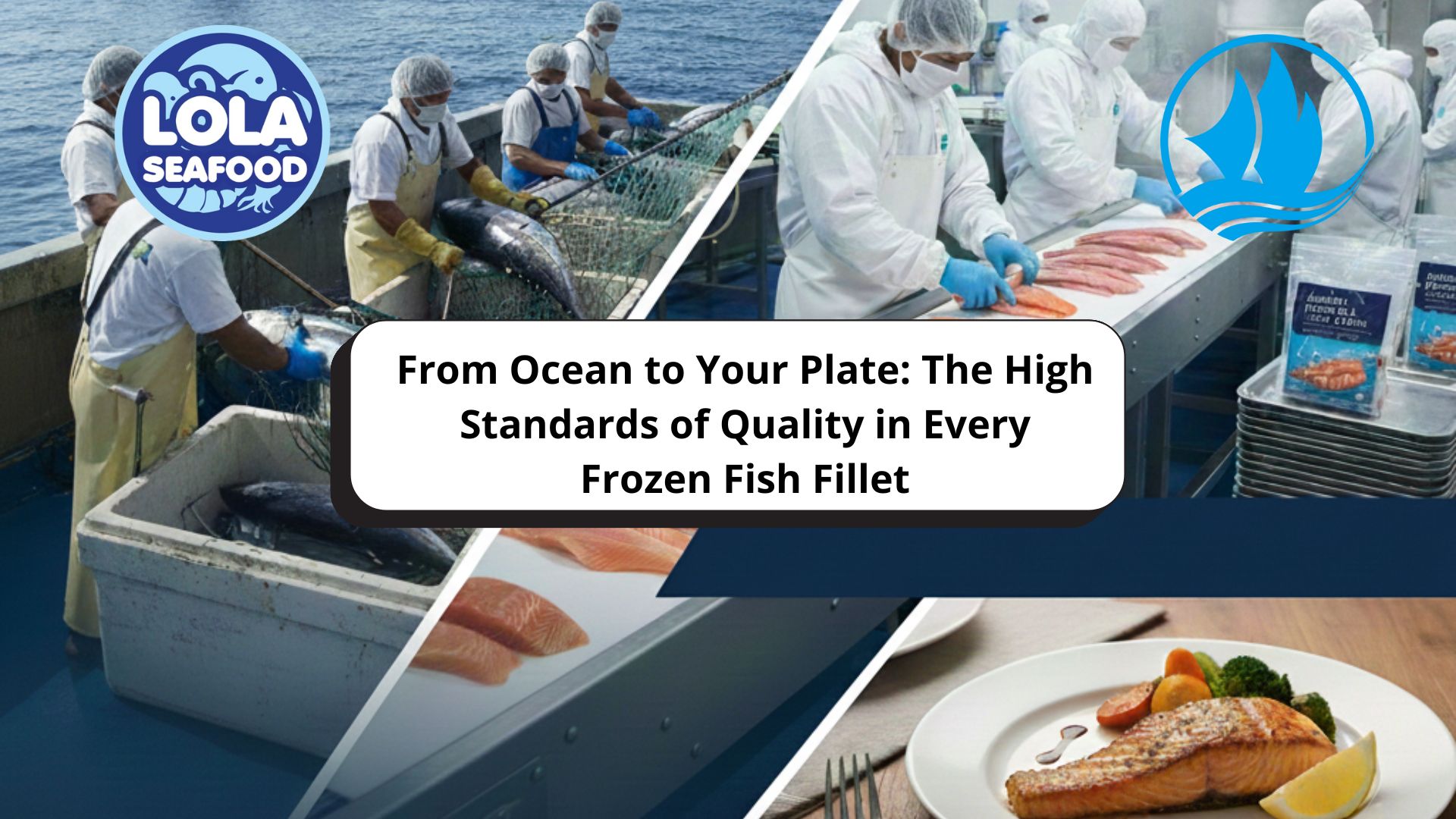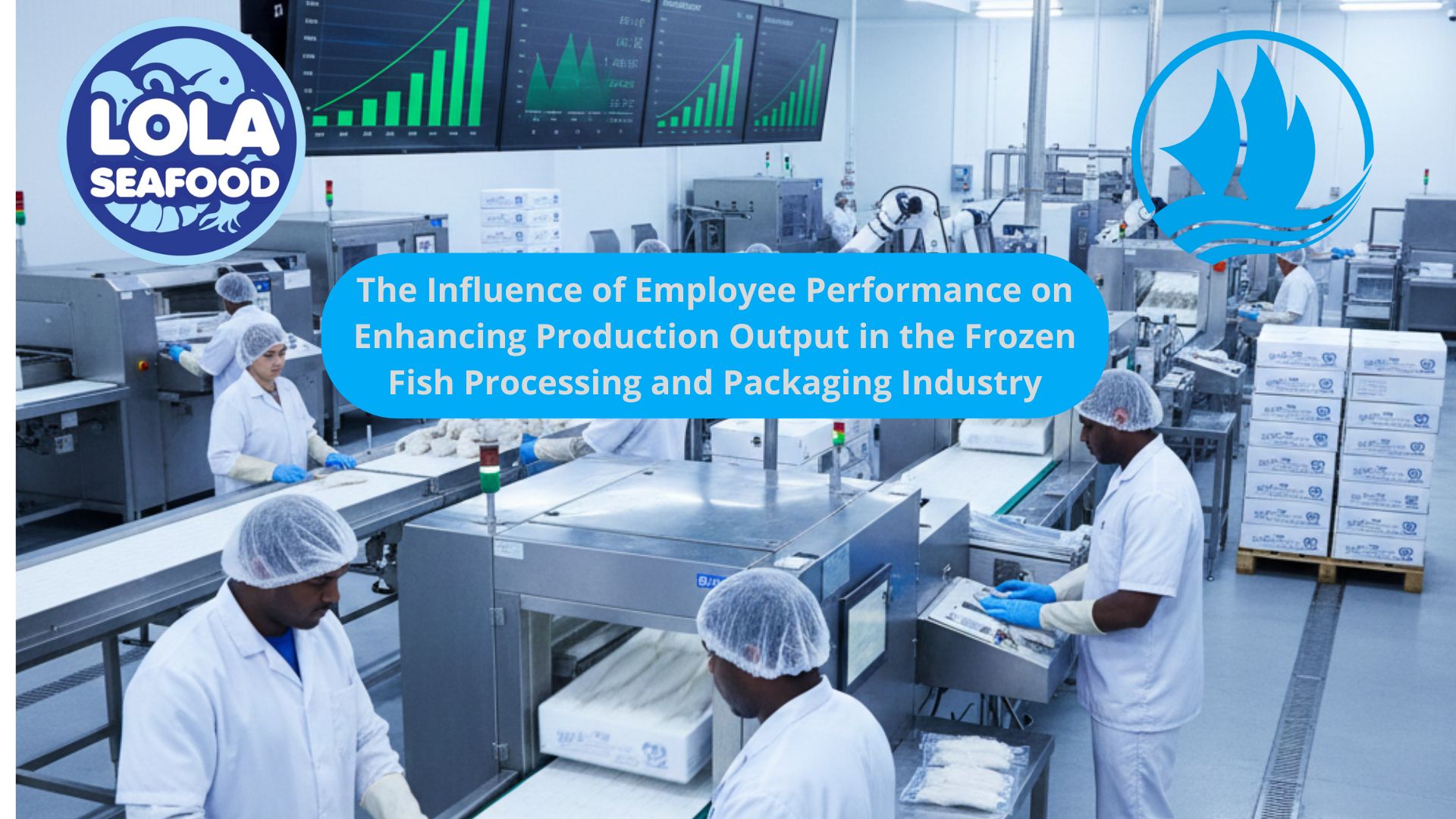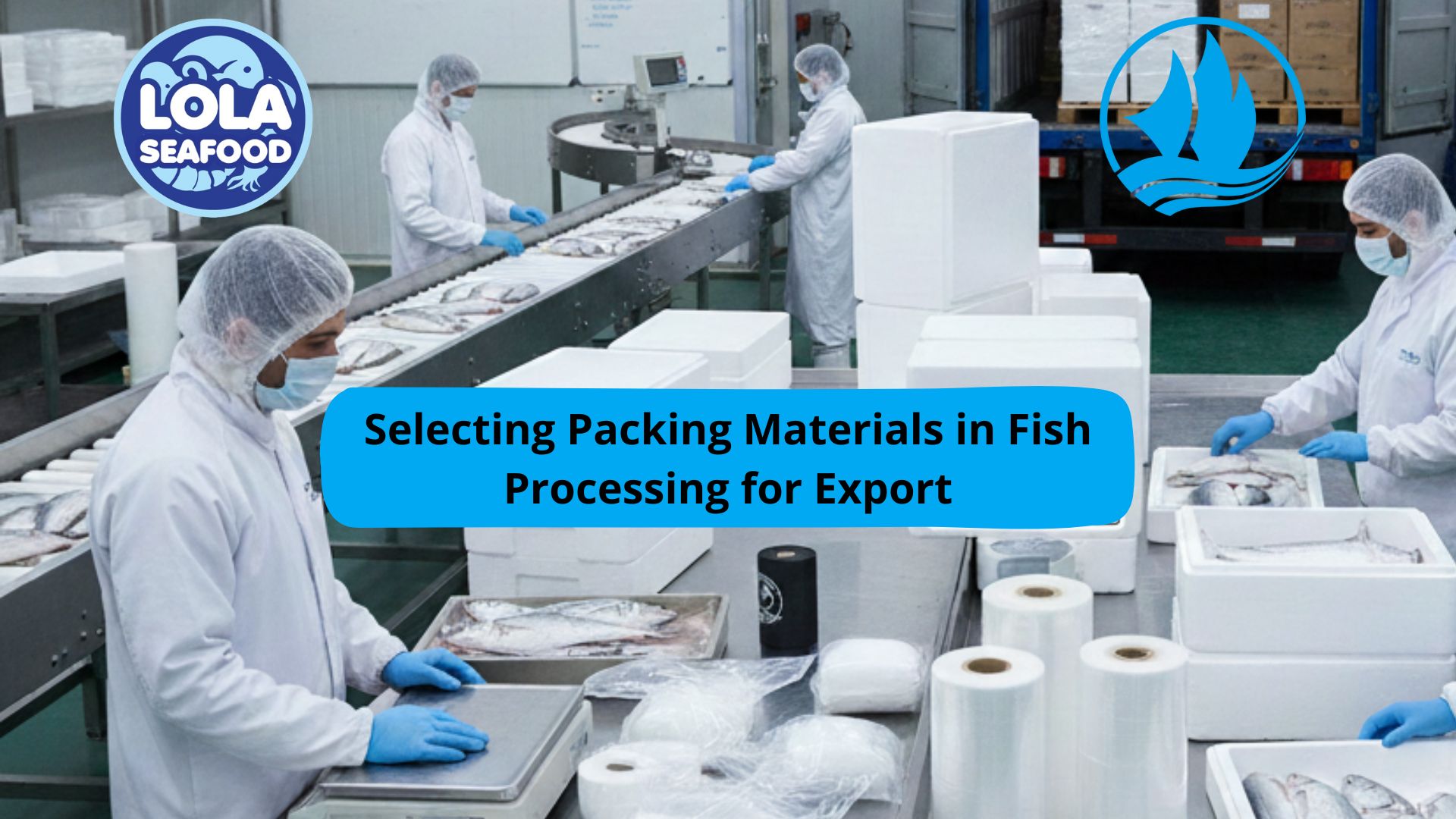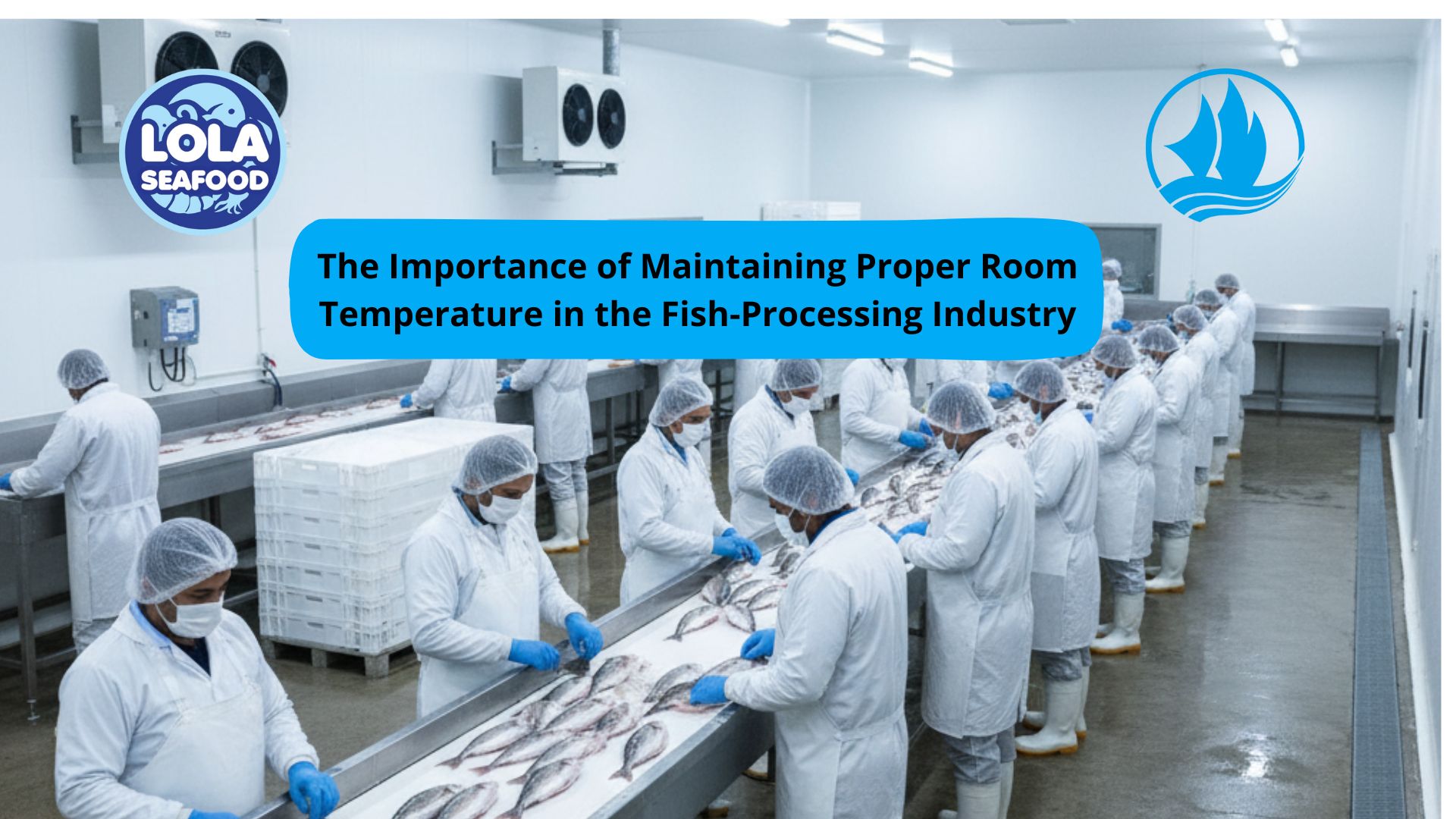Safe Practices for Storing and Preparing Seafood at Home
By. Wiwik Rasmini - 28 Aug 2025.jpg)
Kelolalaut.com Seafood is one of the healthiest protein sources available, offering high-quality amino acids, omega-3 fatty acids, vitamins, and minerals that support overall health. However, its high water content and delicate proteins make it highly perishable. If seafood is not stored or prepared properly, it can quickly become a breeding ground for harmful bacteria such as Salmonella, Vibrio, or Listeria, potentially leading to foodborne illnesses.
Fortunately, by applying simple yet effective practices at home, consumers can enjoy seafood safely without compromising on flavor or nutrition. Below are the key steps for storing and preparing seafood properly.
1. Choose Fresh Seafood
The first step toward safety starts at the market. Freshness is a reliable indicator of quality:
- Fish: Look for clear, convex eyes, bright red gills, firm flesh, and shiny, tightly attached scales. Avoid fish with dull eyes, discolored gills, or a foul odor.
- Shrimp and squid: Fresh specimens should have a natural ocean smell, glossy skin, and no sliminess. Any rancid or ammonia-like odor is a sign of spoilage.
Selecting the freshest seafood not only enhances taste but also minimizes the risk of contamination.
2. Store at Cold Temperatures
Temperature control is crucial for slowing bacterial growth:
- Refrigeration (0–4 °C): Ideal for short-term storage. Place seafood in sealed containers or wrap it tightly to prevent cross-contamination with other foods.
- Freezing (–18 °C): For longer storage, freeze seafood in airtight containers or vacuum-sealed bags. This helps maintain quality and prevents freezer burn.
Always store seafood as soon as possible after purchase to preserve freshness.
3. Maintain Hygiene of Hands and Equipment
Cross-contamination often happens in the kitchen due to poor hygiene. To prevent this:
- Wash hands thoroughly with soap and warm water before and after handling raw seafood.
- Use separate cutting boards, knives, and utensils for seafood and other food items, especially ready-to-eat products like fruits or bread.
- Sanitize surfaces and tools after contact with raw seafood.
These simple habits significantly reduce the risk of spreading harmful microbes.
4. Thaw Properly
Improper thawing is one of the most common mistakes when handling seafood. Never thaw at room temperature, as this allows bacteria to multiply rapidly. Safe thawing methods include:
- Refrigeration: Place seafood in the fridge for several hours or overnight.
- Cold water: Submerge sealed packaging in cold water, changing the water every 30 minutes.
- Microwave defrost function: Use only when the seafood will be cooked immediately afterward.
These methods ensure that seafood remains safe and retains its natural texture.
5. Cook Thoroughly
Cooking is the most effective step to destroy harmful bacteria and parasites. Seafood should reach an internal temperature of at least 63 °C. Signs of doneness include:
- Fish flesh turns opaque and flakes easily with a fork.
- Shrimp and lobster turn pink and firm.
- Shells of clams, mussels, or oysters open during cooking (discard any that remain closed).
Avoid undercooked seafood, particularly for vulnerable populations such as children, pregnant women, the elderly, or immunocompromised individuals.
6. Store Leftovers Correctly
Even after cooking, seafood should be handled with care:
- Place leftovers in clean, sealed containers.
- Refrigerate promptly, within two hours of cooking.
- Consume within 1–2 days, reheating thoroughly before serving.
Proper storage ensures that leftovers remain both safe and appetizing.
7. Prevent Cross-Contamination
Raw seafood can easily contaminate cooked or ready-to-eat foods if handled improperly. To prevent this:
- Always keep raw and cooked seafood in separate containers.
- Do not reuse marinades used for raw seafood unless they have been boiled.
- Use distinct utensils and plates for raw and cooked dishes.
These practices safeguard against accidental transfer of harmful pathogens.
Seafood offers immense health benefits, but only when handled safely from purchase to preparation. By choosing fresh products, storing them at the right temperature, maintaining hygiene, thawing safely, cooking thoroughly, and preventing cross-contamination, consumers can minimize health risks while enjoying seafood at its best.
With these safe practices, the kitchen becomes a place where seafood can be enjoyed not only for its taste but also for the peace of mind that it has been prepared with safety in mind.
If youre interested in our Coral Trout Whole Round , Coral Trout Fillet Skinless and Coral Trout Skin On please do not hesitate to contact us through email and/or whatsapp




.jpg)

.jpg)

.jpg)